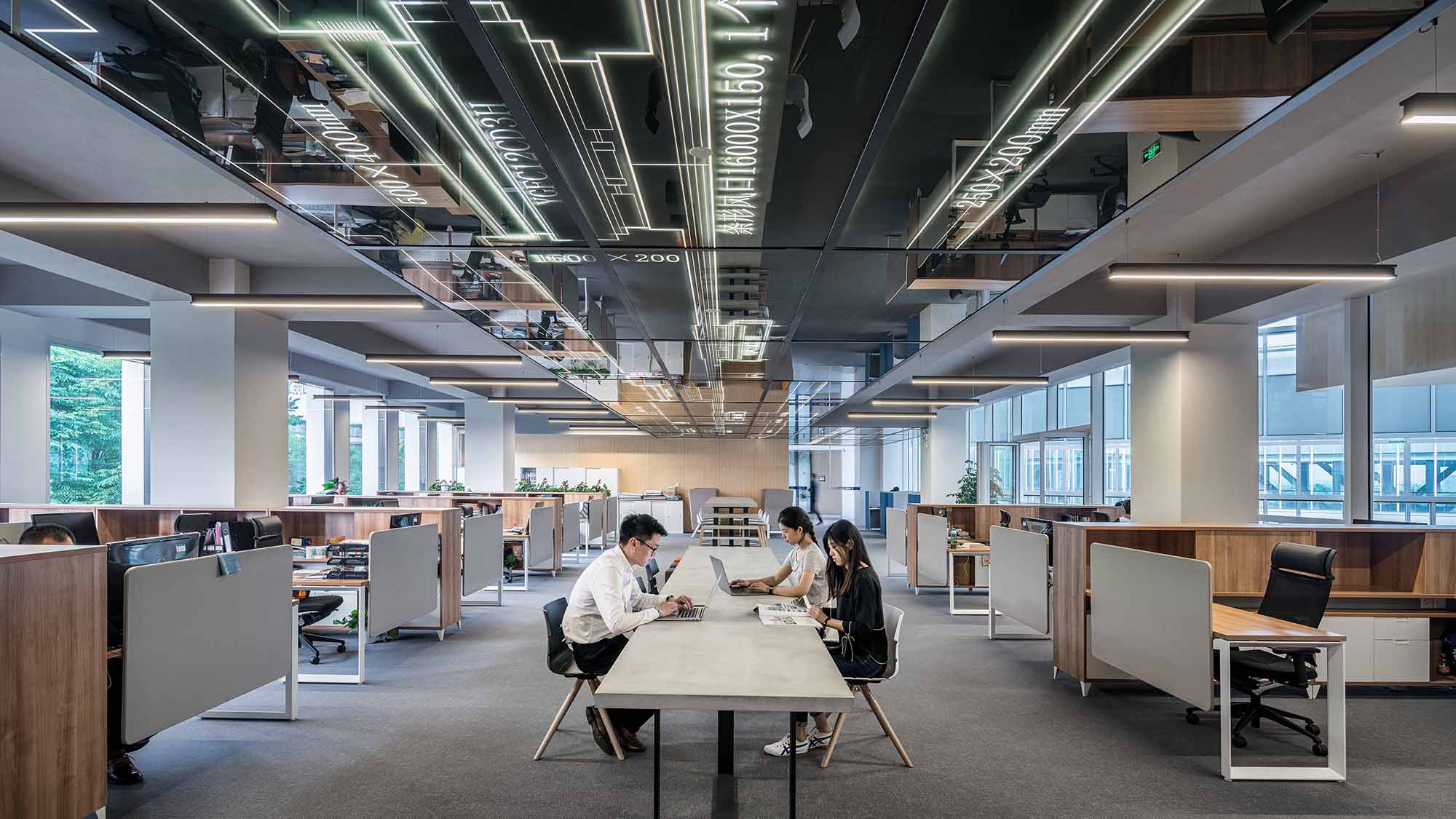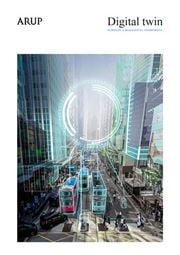For the last few years, the tantalising prospect of the digital twin has captured people’s imaginations. Buildings, bridges, airports and other assets, represented in a virtual form, displaying every aspect of their current use, occupancy, performance and cost, in real-time, accessible from anywhere. This is possible thanks to the convergence of existing, emerging and affordable technologies like BIM, 5G, sensors, backed with programming expertise. The digital twin promises to turn disparate data into actionable business intelligence for the first time.
Utopias aren’t built in a day
Like many technologies, initial hopes for digital twins gave way to concerns about practicality, cost and likely return on investment. But, also in common with many technologies, a few years after the hype, the digital twin is starting to become a reality. It’s a case of embracing the idea, building in stages, and gradually realising the operational benefits.
There are immediate benefits to developing a digital twin. Plainly, there’s value in embedding technology that reports on energy and resource use, occupancy and maintenance issues. These insights can lead to lower costs, the ability to offer new services, higher profits, but also over time, lead to better design choices. Data has an endless capacity to reveal new things and challenge one’s existing assumptions.
Neuron digital twin technology
Neuron
Neuron is an app that integrates our insights into the built environment with emerging digital technologies into a single platform. It uses 5G and the Internet of Things to gather real-time ‘sense data’ from equipment and systems.
Read more about NeuronDeveloping a digital twin
So how do you develop a digital twin? The first priority is to define common data standards, and connect previously disparate systems, so that a single, continuous, ‘live’ picture of a building’s use and performance can be generated. Achieving this takes a combination of existing domain knowledge from the built environment, digital skills and some new IT investment. Achieving an effective integration of these elements is the central challenge.
Benefits from the start
Well before your digital twin gains machine learning powers, you should see great return on investment, with useful operational insights from a unified picture of your asset’s operations. By introducing this new level of control, businesses should be able to trim running costs and make savings almost immediately.
Queensferry Crossing in Scotland
It’s not just buildings. Work we’ve done on flooding control demonstrates how a digital twin can predict (and thus reduce) flood risk. For essential public structures like Queensferry Crossing in Scotland, sensors can provide insights that mean operators can run significantly heavier traffic loads over the bridge. Its digital twin can monitor structural health and performance to predict problems before they happen, reducing operational costs.
From current tools to tomorrow’s services
The playbook for the digital twin has been pioneered by some of the world’s biggest, complex engineering companies. For some time, firms like Rolls-Royce have been running highly sophisticated digital twin models of new aircraft engines to test and optimise new products. This has allowed them not just to understand how those engines are performing and improve the design process itself, but also allows them to advise the people who use their engines over the whole lifetime of the asset.
There’s no reason why the same approach can’t be taken by non-engineering or product-based businesses.
The learning asset
Beyond these medium-term benefits lies perhaps the greatest prize: buildings and assets whose automated systems can learn and optimise their own operation. A digital twin that can learn from and then shape the workings of its physical brother or sister. This will take more time and effort to develop, but the machine learning that will enable this level of self-optimisation has also recently passed from hype to reality. Machine learning is already doing everything from analysing CVs for human resource departments to understanding the content of every photo on your smartphone. Why wouldn’t something so powerful find a role in the new digital built environment?
Don’t wait, clone now
We’ve long understood that it’s actually consumer markets that are often first able to commoditise valuable technology, which industry and business can then re-use or re-apply. That idea underpins my belief that the digital twin is going to be a key feature of a truly digital built environment industry. If the last two decades have proved anything about digital is: don’t wait. This isn’t going to be a nice-to-have technology, enjoyed by a few. It will be central to enabling developers and owners to invest and operate efficiently and profitably, helping them to stay ahead in a world where users and tenants’ expectations keep changing.
Discover more about the potential of the digital twin
-
Project
Neuron: AI smart building console
The Neuron Digital Hub Platform brings the concept of smart buildings to a new level: changing the way buildings are designed and constructed, operated and maintained.
-
Expertise
Digital twins
Digital twins are helping to connect the physical and digital worlds together. Our service, as consultants and technologists who understand the built environment, is to develop a twin that connects disparate information sources, building a digital twin that generates valuable intelligence every day. Find out more.
 ;
;
.jpg?gray=1&mw=180&hash=E8D2A897531FA5C8041284BF5B30BF0C)
